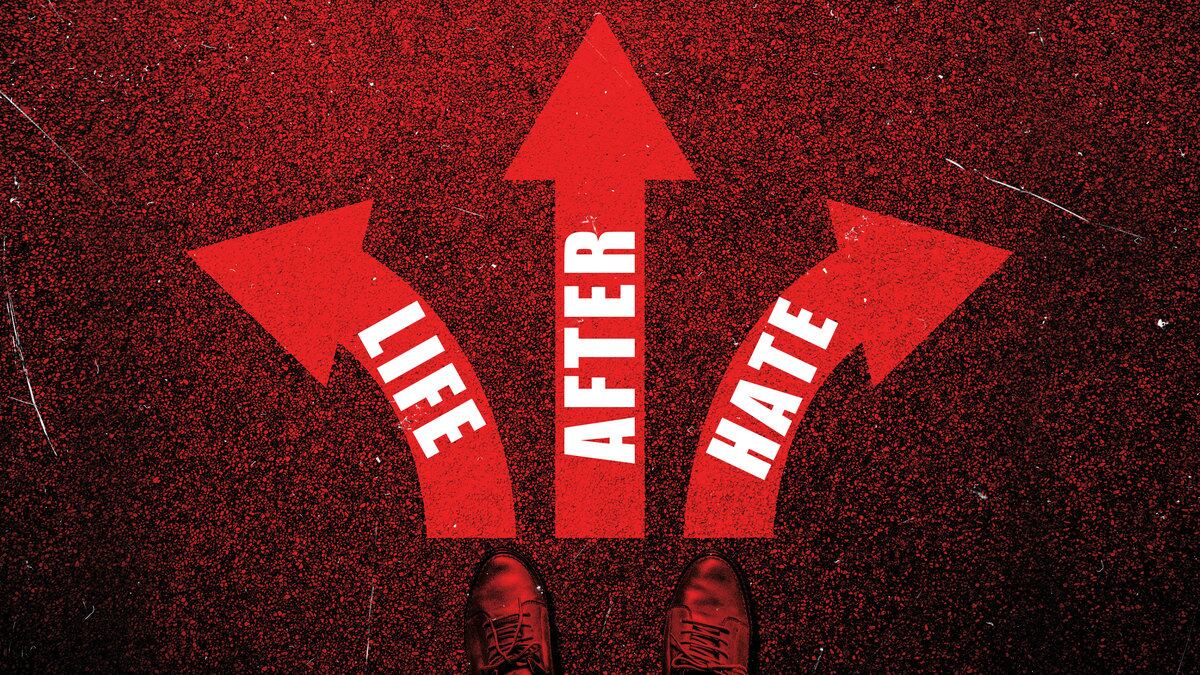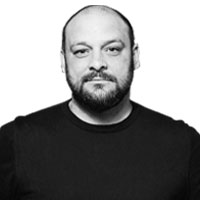Books
Photo Illustration by The Daily Beast/Getty
Is There Life After Hate? This Former Neo-Nazi Says Yes
THE POWER TO CHANGE
Christian Picciolini escaped an existence built around bigotry and violence. Now he tries to keep people from going down that road in the first place.

Trending Now





